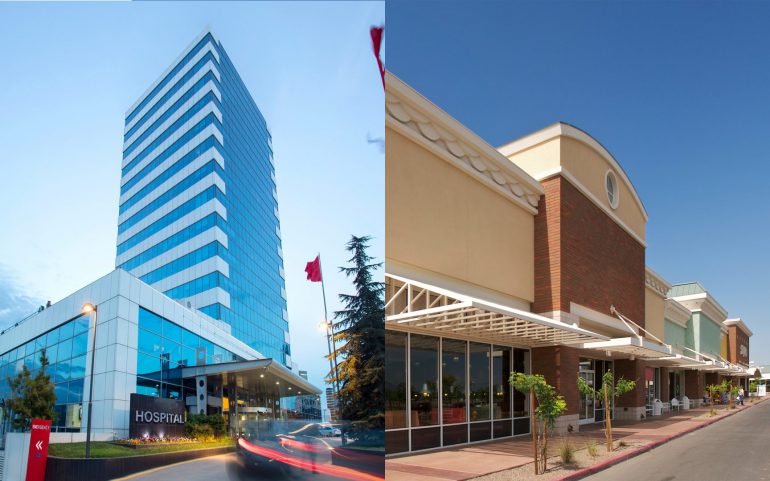As the COVID-19 pandemic continues to wreak havoc on the world, the resulting economic consequences are negatively affecting people and businesses alike. With unemployment rates rivaling that of the Great Depression and many businesses hanging ‘closed’ signs in their windows, people are struggling to make essential payments – a major one being their personal and business properties.
Between the lack of cash on-hand and rent strikes across the nation, commercial property owners have been hit hard. Real estate business intelligence company Datex Property Solutions reported that only 50% of retail tenants had paid their April rent, as compared to the 85% who paid their rent in March. In total, it’s estimated that the commercial real estate industry is expected to see borrowers default on $148 billion in loans.
Ken and Linda McGurn Professor and Nathan S. Collier Master of Science in Real Estate Director Dr. David Ling.
However, a first-of-its-kind study suggests that not all commercial real estate is affected equally as a result of COVID-19. David Ling of the University of Florida Warrington College of Business with Chongyu Wang of Concordia University and Tingyu Zhou of Florida State University find that certain types of properties are struggling more than others.
“The severity of the COVID-19 pandemic in the U.S. varies significantly across metro areas and states,” said Ling, Ken and Linda McGurn Professor and Director of the Nathan S. Collier Master of Science in Real Estate. “This suggests that the ‘geographic footprint’ of an entity that owns real estate should be related to the degree to which the value of the assets controlled by the firm (property, plant, equipment, management and labor) have been negatively affected. For example, firms with assets primarily located in New York should be more negatively affected than firms with assets located primarily in, say, North Dakota.”
In their paper, “A First Look at the Impact of COVID-19 on Commercial Real Estate Prices: Asset Level Evidence,” Ling, Wang and Zhou examine whether the daily stock returns of real estate investment trusts (REIT) that own income producing real estate are related to the county-level growth rates of confirmed COVID-19 cases, while controlling for other variables that are known to impact returns. Using data from January 21-April 15, 2020, the researchers construct a daily measure, called GeoCOVID, that captures the exposure of each REIT’s property portfolio to the growing pandemic. Each firm’s unique daily exposure is weighted by the reported daily county COVID-19 growth rates and the percentage of each REIT’s property portfolio in each county.
Based on their results, the researchers found a strong negative relationship between GeoCOVID and stock returns. However, Ling, Wang and Zhou note that the sensitivity of a REIT’s stock returns to their COVID-19 exposure varies significantly depending on the primary type of property in which the REIT invests.
“REITs that focus their investments on retail and hospitality properties react the most negatively to increases in reported COVID-19 cases, while health care, cell tower, and data center REITs react positively to increases in the exposure of their portfolios to COVID-19 cases,” Ling said.
He added, “Geography matters! The stock returns earned by a firm are primarily a function of the underlying productivity of the firm’s assets, and the productivity of assets varies both over time and across geographic locations. This is especially true when the severity of a pandemic varies significantly across geographic areas.
This research is currently being distributed as a working paper of UF’s Bergstrom Real Estate Center.
This story was originally posted on UF Warrington.
Check out more stories about UF research on COVID-19.

